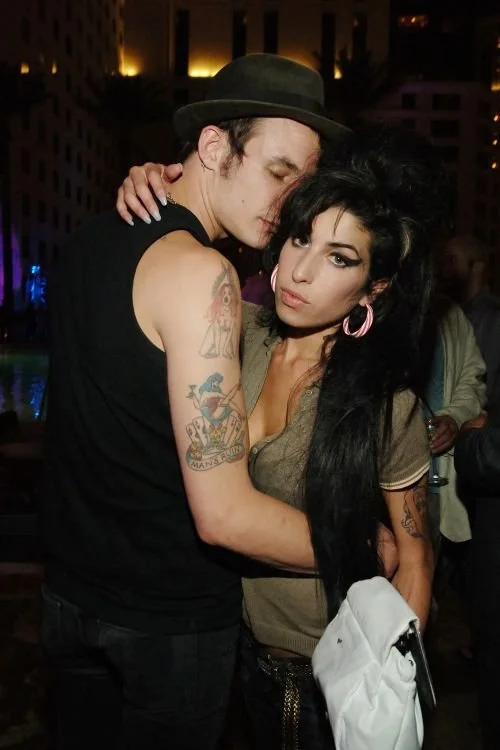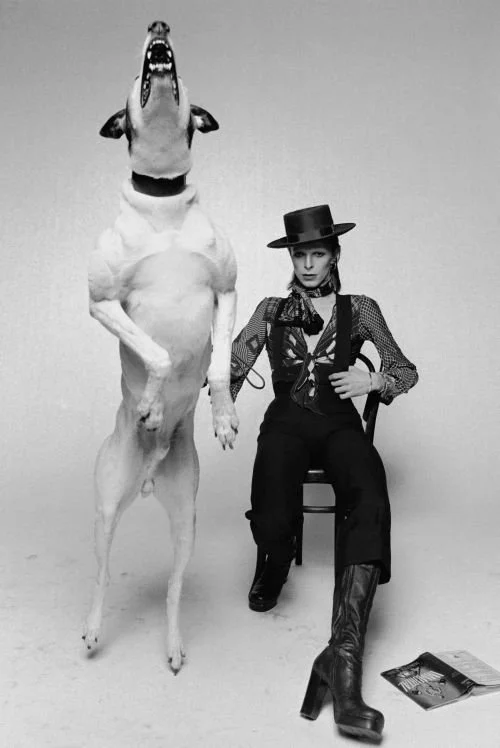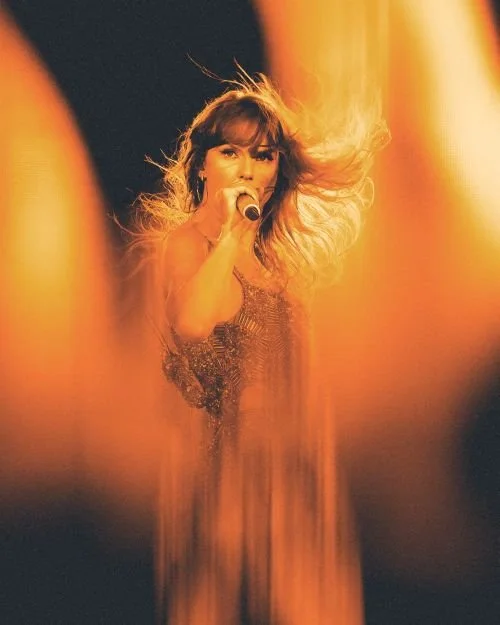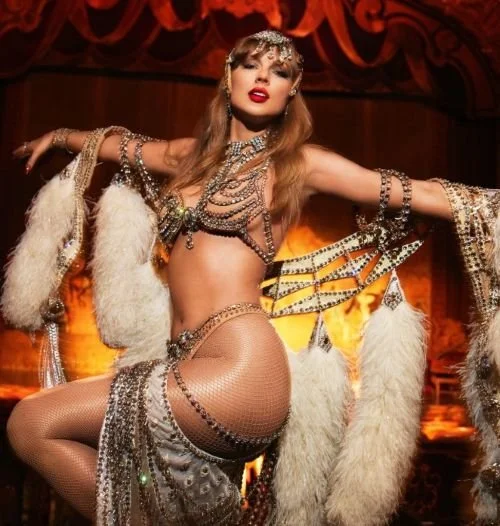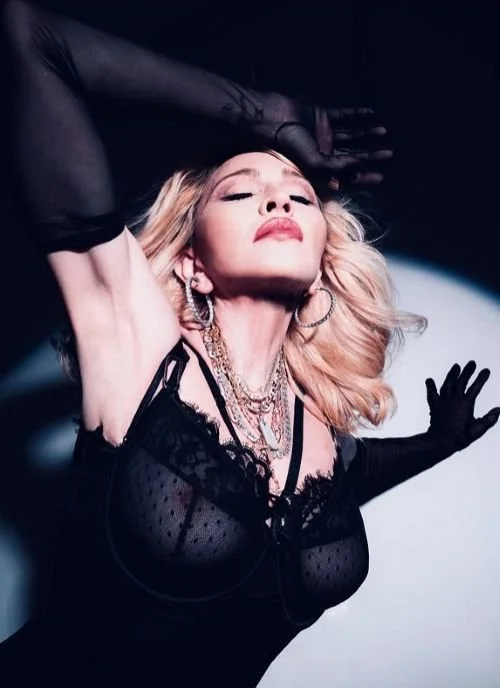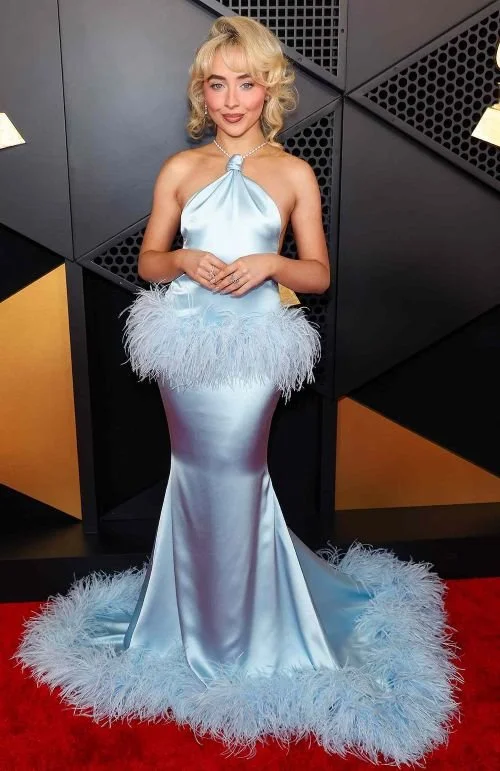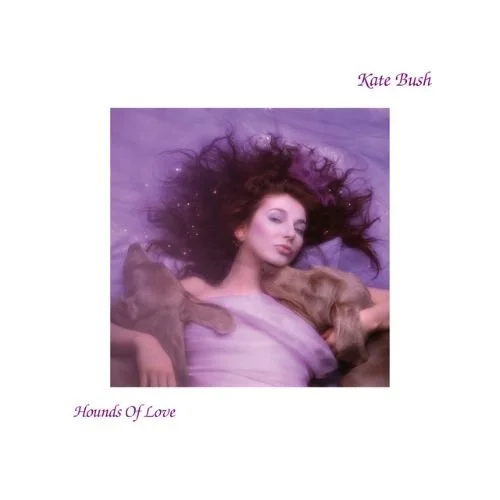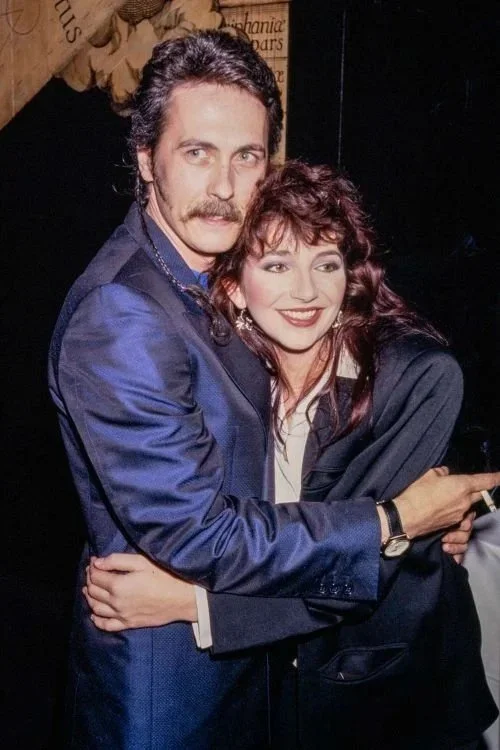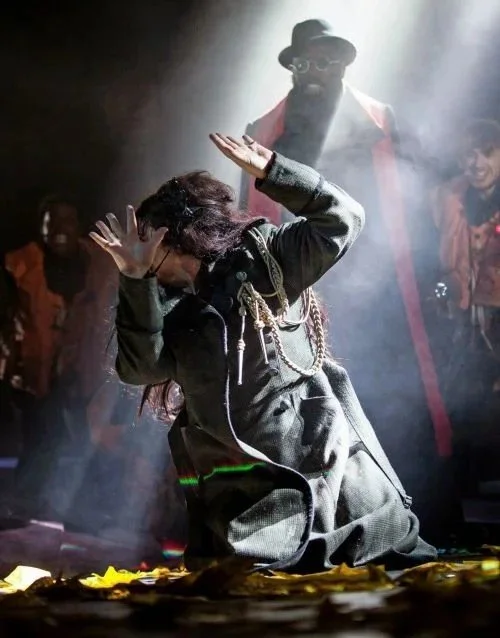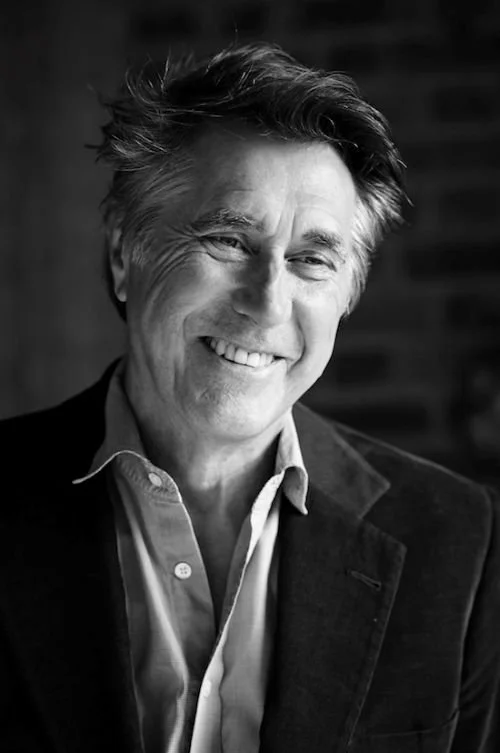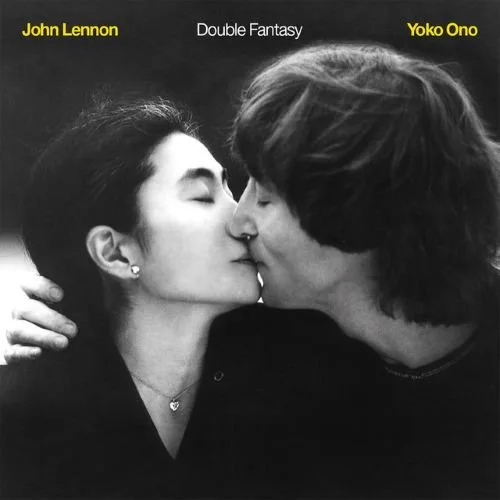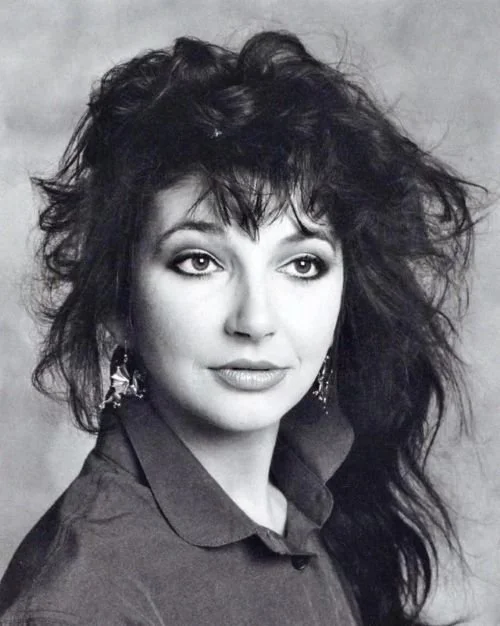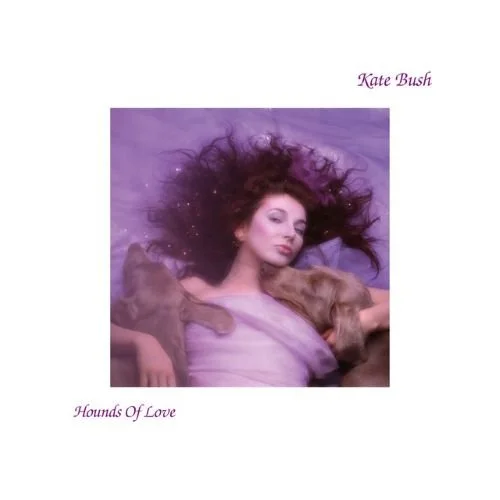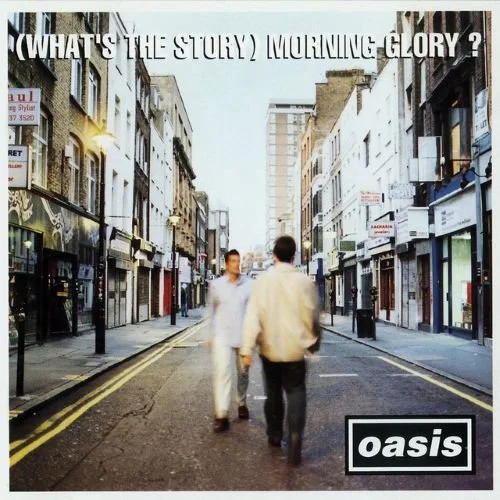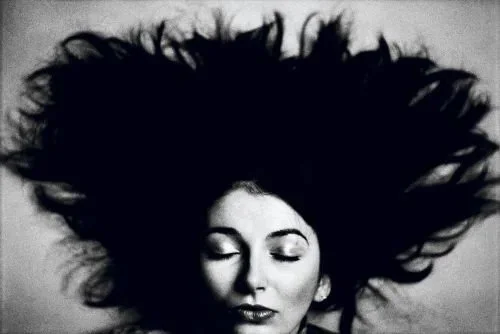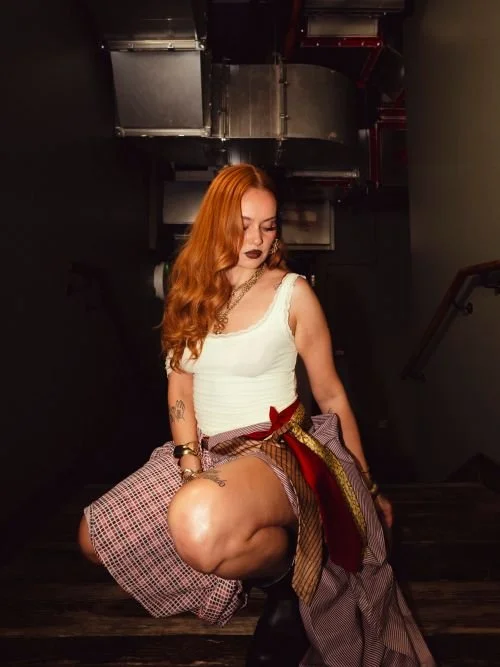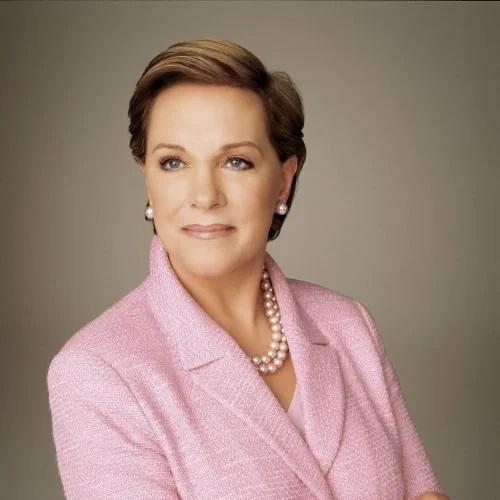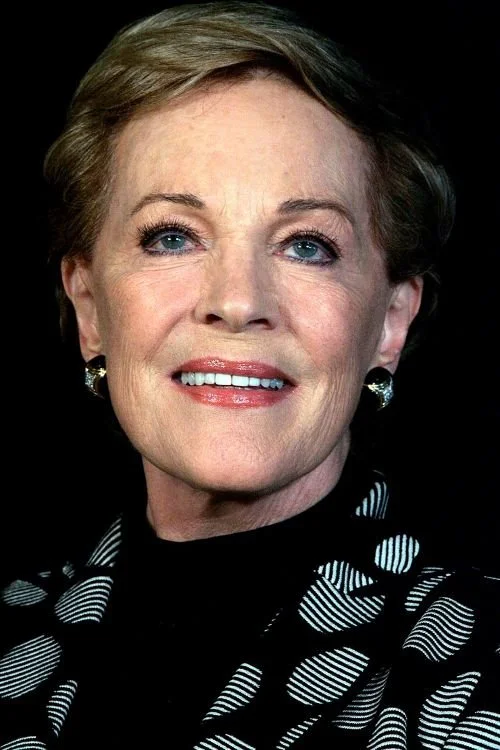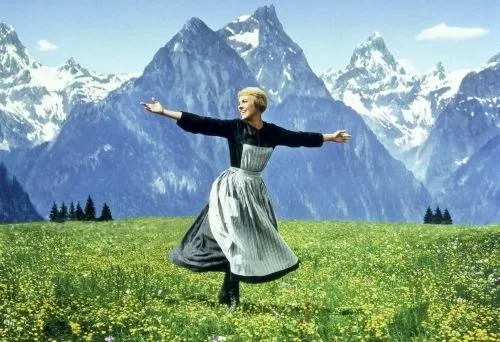FEATURE:
Back to Black?
IN THIS PHOTO: Blake Fielder-Civil with Amy Winehouse/PHOTO CREDIT: Denise Truscello/Getty Images
The Downsides and Complicated Legacy of Indie Sleaze
__________
THERE is a lot of…
IN THIS PHOTO: Kate Nash hosts the new eight-part BBC podcast, The Rise and Fall of … Indie Sleaze
romanticising a period of music and culture called Indie Sleaze. It was fashionable and in vogue between 2006 and 2012. Not necessarily only happening in London, the capital was a hub for this party-focused and messy aesthetic. Though its roots can be traced back to the New York in the late-1990s/early-2000s. Although we can reminisce about the vintage clothing and grungy/glamorous look, do we look at that times through rose-tinted glasses?! Artists such as Charli xcx are probably the modern-day epitome of a time in music and entertainment that is over twenty years old. That idea of care-free recklessness and a sense of freedom without much consequence. If that idea of going back to that time or recalling it with fondness seems attractive and escapist against a modern world that is brutal and relentless bleak, it is worth remembering the realities of that time and how difficult it was – especially for women. TikTok particularly is fuelling this narrative and feeling that the Indie Sleaze years were a wonderful and easy time to be around. Maybe it was for some. However, as Emily Maddick recently wrote for Glamour, Gen Z need to stop glamourising and romanticising this time:
“There’s a lot of hype around the ‘indie sleaze’ era of the mid to late noughties right now. According to the internet, the media and Tiktok, Gen Z are currently obsessed with the period from around 2006 - 2012; its fashion, its music, its icons. “‘Such a cool time to be alive’: why Gen Z is so nostalgic about ‘indie sleaze’” ran one BBC headline last month. There are thousands of videos on TikTok mythologising this period and heralding its revival, mimicking its makeup, looks, style and trends, with many posts having views in their millions.
Britain was very much the centre of this moment. The fashion was hipster subculture, performativley vintage, mixing 70s, 80s and grunge. Think Kate Moss and Alexa Chung at Glastonbury with their bum-cheek-grazing denim cut-offs; skinny scarves, skinny jeans, scruffy hair, band t-shirts, lashings of gold jewellery; Amy Winehouse with her winged eyeliner, tattoos and tennis dresses holding court at The Hawley Arms in Camden. Topshop Oxford Circus was the fashion mecca - and this month’s revival of the hallowed Brit high street brand, which closed its doors in 2021, has only intensified the indie sleaze revival. Last week, musician Kate Nash, who rose to fame at this time, released a BBC Sounds podcast, The Rise and Fall of Indie Sleaze. The 6-part podcast features interviews with many of the musicians from the British bands that defined this era: The Libertines, The Arctic Monkeys, Razorlight, The Kooks. And while it was these male Brit musicians who provided the soundtrack to this scene, it was their love lives and the party kids surrounding them that provided the scandal. As Kate Nash points out on the podcast:
“By 2007 - the UK music scene had jumped from the pages of music magazines to The Sun, The Mirror and The Daily Mail and the girlfriends who played a big part in this” she says on the podcast.
On her podcast, Kate Nash describes how while it was definitely a liberating, fun and unique moment, it also, “contained a lot of darkness and chaos” adding, “I feel lucky that I grew up in it and lucky that I survived it too.”
And while I really don’t want to be a buzzkill, here are some key points that I believe might prompt the younger generation to reconsider romanticising this unique moment in pop culture history.
Sleaze. The clue’s in the name. Although this moniker has been bestowed on the era posthumously, there’s no getting away from it - it was a sleazy, seedy, grubby, druggy and dangerous time. It was also a horrendous time to be a woman in the public eye.
Yes, I’m talking about the very real, very pervasive and very shitty attitude to women’s bodies that was very much the norm. This was peak toxic diet culture, a time pre the Body Positivity movement (although RIP to that in 2025, thanks Ozempic). The notion that we could actually love our bodies and celebrate them whatever size they were and have women in the public eye extolling exactly that, was completely alien. Skeletal thin was the aspiration. And yes, I know that it was perpetrated by the magazines of the time (who can forget Heat magazine’s circle of shame?) and working in that culture is not something I am proud of. In fact, I remember Amy Winehouse giving an interview to Grazia, published around the end of 2007 and shockingly saying that she believed she only got really famous when she got really skinny. And we now know that eating disorders were just some of the many demons she battled with in her short life.
Also, the very real and pervasive shitty attitude to female celebrities at that time in general - not just their bodies. Nineties ‘ladette’ culture was still hanging around and famous women were held to toxic and damaging double standards. No one spoke about mental health ( and I mean, no one) and the abusive behaviour and predatory power dynamics in the entertainment industry that eventually led to the #MeToo movement of 2017 was standard”.
A new podcast, The Rise and Fall … of Indie Sleaze is available on BBC Sounds. No doubt its influence on today’s artists is huge. A lot of the acts who were popular during the Indie Sleaze years – such as The Libertines, Amy Winehouse, Razorlight, Arctic Monkeys – are influencing today. Noy only in terms of their sound and fashion. Their attitude and how they conducted their careers. It is always amazing when artists look back at genres and times in music and utilise aspects but update them. Make them unique. I will drop in some of the tracks that could be defined as Indie Sleaze bangers or anthems. Songs that takes many of us back to a time that did seem less foreboding and liberated. Living in areas like Camden must have been fascinating at this time. The artists playing there and the buzz of the street! We should look fondly at the music because some terrific artists started during the Indie Sleaze era. It must have been energising for them to see like-minded artists around them. Some classic albums from that time. Amy Winehouse’s Back to Black (2006) and The Libertines’ eponymous album of 2004. Interpol’s Turn on the Bright Lights of 2002. Even though many see Indie Sleaze as a scene that started or exploded around 2006, its origins can be dated and traced back over half a decade before then. This 2024 article from Rough Trade captures the spirit of the time with the album recommendations. Those that were soundtracking the lives of so many people. In terms of what defined the time and where its roots formed, it does sound quite idealistic and evocative:
“Sweaty floors, skinny jeans and angular indie rock. The term ‘indie sleaze’ was coined in 2021 to encapsulate the grimy, energetic, carefree sound and aesthetic of a scene which emerged in the early noughties. The music of indie sleaze all shared a distinctive 'hedonistic' aesthetic, one which prevailed in the music videos and the fashion of its artists, in their low-maintenance sometimes kooky clothing, a 'partying chic'. The Instagram account @indiesleaze, run by a Toronto-born creator, has further defined the era, curating a totally engrossing profile dedicated to some of the most iconic and representative pictures and figures of the period - from early 2000s Kate Moss at Glastonbury to BTS photos of the Skins cast.
With its primary origins tracing back to a wave of New York City indie rock bands with a post-grunge attitude (The Strokes, Yeah Yeah Yeahs and Interpol), indie sleaze broadened over time to become an umbrella for various styles of indie music. The era gave us many albums characterised by their fusion of dance and punk (Digitalism, CSS, Mason, Daft Punk, Justice, LCD Soundsystem and more) whilst at the same time, many indie sleaze artists were better defined by their pure rock and roll energy, with the likes of Arctic Monkeys, The Kills and The Libertines and later Vampire Weekend prominent in an unforgettable stretch in music's history”.
Those who are using TikTok to shine new light onto Indie Sleaze are probably not aware of how bad and dark it was for so many people. Of course, the music is fantastic and it was an amazing time for many. However, for many others – especially women -, the reality was quite grim. And those who might not have even been alive at the time and are learning about Indie Sleaze through modern acts who are reviving the genre – such as The Dare, as DAZED wrote in 2024 – need to understanding true context and the downsides. Returning to that Glamour article, life for many high-profile women was awful and defined by harassment and abuse. When we think about the music and the ‘good time’, we also need to think about those for whom the Indie Sleaze period was a living nightmare:
“Speaking to GLAMOUR, drag queen, DJ and music producer, Jodie Harsh, whose memoir on the noughties, You Had To Be There is published this September, says: “[back then] everything was a little darker, a little later, a little more smudged and ripped-up…" Jodie, who was a staple on the London party circuit - and who was once famously pictured handing out cups of tea to paparazzi with Amy Winehouse outside her Camden home - also recalls how misogynistic it was. “The noughties were a really strange time to be famous and female. The paparazzi were up-skirting eighteen year old girls and hurling abuse outside people’s front doors to rile up a reaction, and images of broken dreams seemed to be what sold the most. It was of course misogynistic, and famous girls were almost expected to put up with the behaviour, as if it was part of the fame contract - a trade-off for making lots of money. We know what happened to Amy, and I don’t know that we’ve learned from it yet”.
I would advise people to listen to the eight-part The Rise and Fall … of Indie Sleaze podcast. We will get a real sense of that period and the incredible music and artists who made so many feel loved, happy and understood. It was quite a free and hedonistic time, though that is not what we should solely remember. It was a hugely important time in music. You can feel the effects and reverberations to this day. However, for so many women in the public eye and out, it was a truly frightening and unrelenting time. If so many right now are romanticising Indie Sleaze and there is this new wave of affection for the cool and party lifestyle, we cannot ignore the grim and sleaze. It is good to remember the music and artists but, in terms of its legacy regarding how so many women were viewed and treated, we really do not want to go…
BACK to black.

